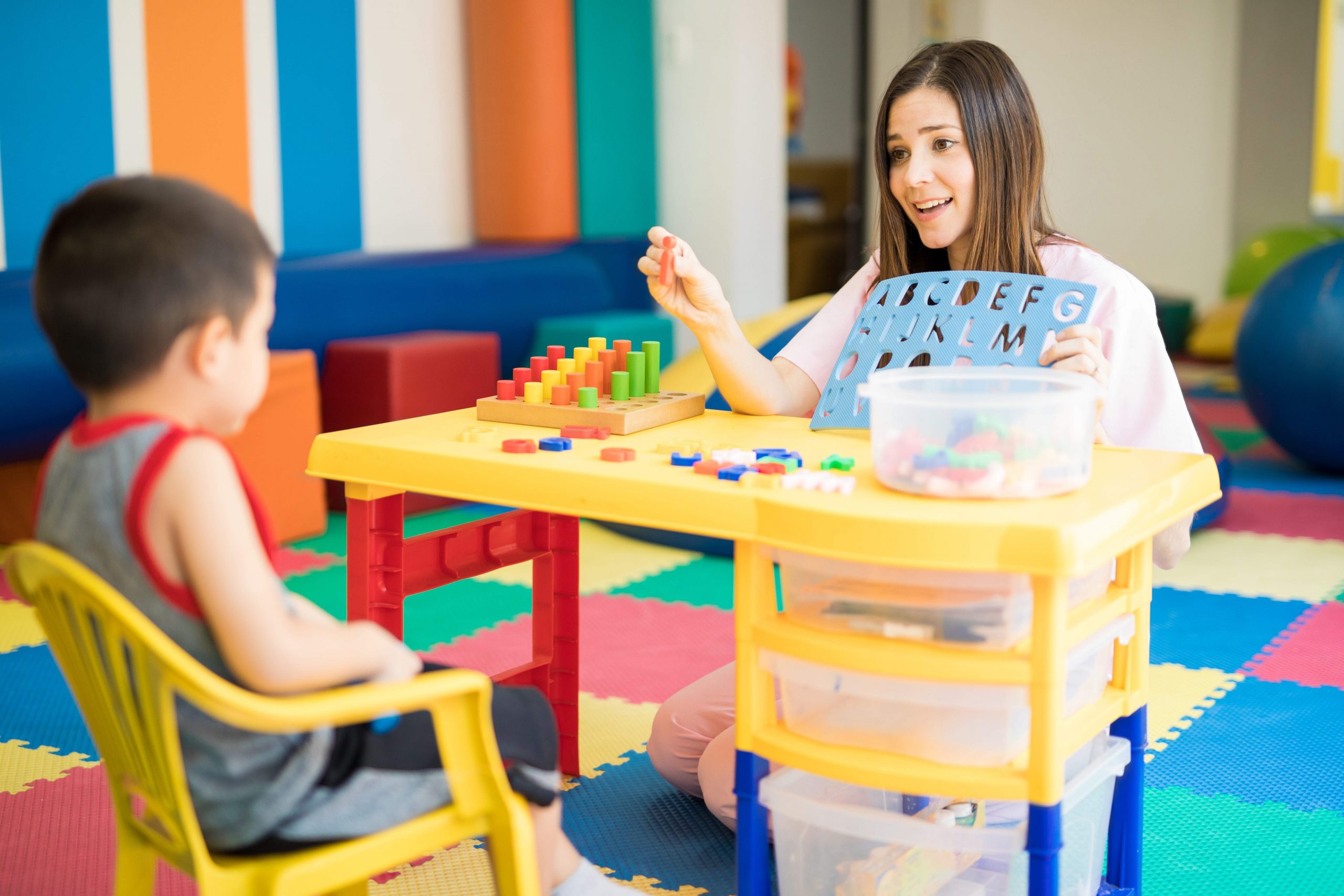
As any teacher knows, there’s no one-size-fits-all strategy when it comes to education. However, if you’re teaching a class of students who have additional needs, there are some ways you can adapt your lessons to make them more effective.
In this blog post, we’ll share our top six teaching strategies for special education. Whether your students have similar needs to each other or require specific support, these tips and tricks will help you create a tailored lesson plan that enables every student to thrive.
See our Special Education Teacher Jobs
1. Provide a Range of Learning Materials
If you’re looking for instructional strategies for special education, one of the most crucial things to bear in mind is that your classroom may have to cater to a broad spectrum of strengths and abilities. From physical limitations to neurodivergencies, no two students will have the same requirements — and it’s crucial to make sure that everyone is learning at the right pace for them.
Unlike classes in mainstream schools, where the lessons must follow the national standards set by the US Department of Education, special education teachers often have more freedom in the classroom. They can adapt their teaching style to suit their students. This flexibility is partly to accommodate the fact you could be teaching children at a range of education levels.
To achieve this, make sure that you keep your classroom well-stocked with various resources, materials, and equipment. Whether it’s reading books, textbooks, or toys for playtime, provide an array of items that will be suitable for students of different ages and abilities. This inventory will make it much easier for you to give everyone the support they need without forcing standardized resources on people who would find them too easy or too challenging.
2. Group your Students Together
Another of the top teaching strategies for special education is splitting your students into small learning groups.
Suppose some of your students are still learning to read while others are working on their reading comprehension. It can be counterproductive for everyone involved if you ask them to follow the same instructions. With student groups, you can make it much simpler to provide personalized service that gives everyone the space they need to grow.
The size of your groups will depend on the number of students in your classroom. If your cohort is small, creating groups of two or three is perfectly fine — the most important thing is to make sure that similar skill levels remain together. You and your teaching assistants can then move around the classroom, providing specific instruction to each group in turn.
According to research from the Harvard Kennedy School, small group learning can offer a wide range of educational and emotional benefits. Some of these benefits include:
- Small groups can boost the confidence and self-esteem of your students. The reason is that they create an environment where quieter students feel empowered to speak up.
- Group learning fosters collaboration between students from different social and cultural backgrounds.
- Students learn more and retain information for more extended periods when learning is a social activity.
3. Create Classroom Themes
Because you may be teaching such a wide range of abilities, it can be challenging to create a sense of cohesion in your classroom. Your students will probably have different educational needs. As noted, small groups are an excellent way to personalize your lessons — however, don’t treat these groups as though they’re entirely self-contained. It can make it difficult to integrate students with their classmates in different groups.
To strike the perfect balance between whole-class and group learning, organize your lesson plans around central themes. Whether it’s a period of history, a talking point, or a recent event, setting a theme will help you structure your teaching and set common objectives for your students.
From the first World War to food, these themes can be as specific or as general as you like! It all depends on the ages and abilities of the children in your class.
For example, suppose you choose food as the theme. Group activities could include learning about verbs by reading recipes, exploring food from other eras, coloring pictures of different dishes, or completing math exercises based on scenarios such as buying groceries or receiving change in a café.
4. Cover the Basics for Everyone
One of the main benefits of structuring your lessons around a theme is that it enables you to teach general concepts to your class as a whole. Thematized curricular development is one of the best teaching strategies for special education because it means you can combine individual learning with whole-group introductions. It helps to create a sense of community within your classroom.
Whether you’re teaching math, English, or science, almost every subject has some general concepts that everyone in your class can learn. Before setting your small group activities, start your lessons by giving all of your students a general introduction to the topic. Your students can then apply this new knowledge to their particular task.
Not only does this save you the confusion of trying to organize a separate introduction for every group, but it will also enable you to bring your class together every day. It will give every student a common grounding in a particular topic while encouraging collaboration (and friendship) between groups of different skill levels.
5. Create Consistency
For any child, frequent change can be unsettling. But for some children who have additional educational needs, it can be very disruptive to their learning. Research suggests that people with conditions such as autism and ASD often thrive when they have a constructive routine to follow. So, how can you embrace consistency in your classroom?
One of the best instructional strategies for special education is to stick to a routine to help your students stay on track. This consistency could be a daily or weekly schedule, structured around a lesson timetable that includes regular breaks.
If you’ve decided to split your cohort into small groups, you may need to adapt your schedule to suit each group individually. For example, some students might need to spend longer on a specific lesson while others may feel the benefits of learning at a faster pace).
However, it’s still a good idea to follow a class-wide routine. It will give everyone a sense of stability and help them prepare for the day ahead.
6. Set Clear Goals for your Students
When you’re teaching a wide range of abilities, it can be challenging to monitor every students’ progress. But whatever teaching strategies for special education you follow, it’s vital to make sure your children have key objectives. These goals will help them reach their potential.
From weekly targets to exam results, your students should always have personal goals. Make regular time to discuss expectations with each child individually to make sure they feel challenged, valued, and fulfilled.
Find Special Education Jobs Today
Are you looking for your next special education role? If you want to make a difference and help every student achieve their goals, learn more about the special education jobs we have available. Check out our opportunities at Therapy Travelers today.



